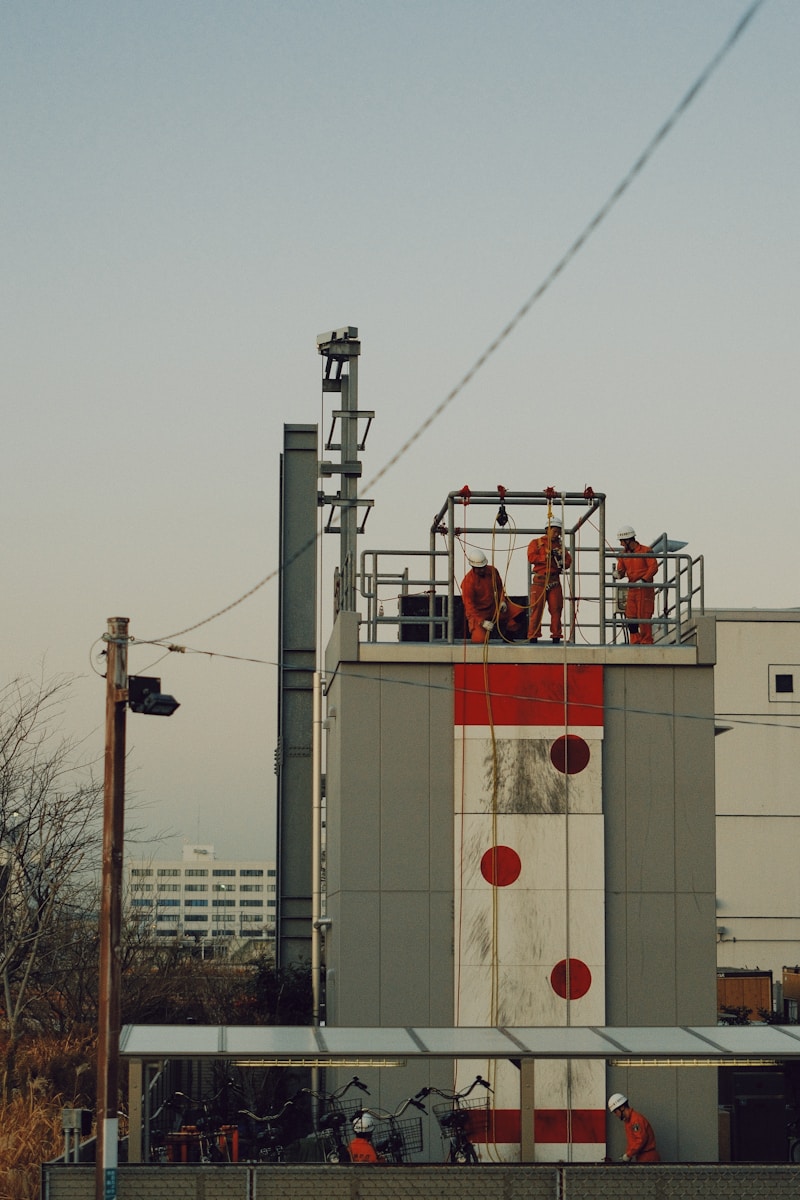Why NFPA 110 Matters When the Lights Go Out
A summer storm lashes your facility, and the utility grid drops offline. The seconds are ticking. Life-safety systems, critical data racks, and HVAC all depend on the quiet metal box out back, your emergency generator. It roars to life… or does it? The common thread in most post-incident investigations is the same: partial or complete non-compliance with NFPA 110.
NFPA 110 is the nationally recognized standard that dictates how Emergency Power Supply Systems (EPSS) must be designed, installed, tested, and maintained. Complying isn’t just a box to check. It is the difference between business as usual and catastrophic loss. In our 20 years commissioning EPSS for data centers and healthcare clients, Camali Corp engineers have rescued dozens of “compliant-on-paper” systems that would have failed in a live event. Below, we break down exactly how to achieve, and prove, full NFPA 110 compliance.
NFPA 110 Basics: Levels, Classes, and Types Explained
| Term | What It Means | Quick Example |
| Level 1 | Protects life-safety loads (e.g., OR lighting, fire alarm) | Hospital operating room |
| Level 2 | Protects less-critical loads where failure is non-life-threatening | Office HVAC |
| Class | Hours of on-site fuel (Class 48 = 48 hours) | Data center with 2-day fuel |
| Type | Seconds to restore power (Type 10 = 10 seconds) | Generator must pick up ≤10 s |
Example: A Type 10 Class 48 Level 1 EPSS must restore power within 10 seconds, run for 48 hours on stored fuel, and serve life-safety loads.
Real-World Failures & Costs
In September 2022, parts of Santa Clara Valley Medical Center in San Jose lost power for nearly four hours when a regional grid outage struck during a record heat wave and backup generators failed to sustain electricity for certain hospital buildings. During that time, the emergency department was temporarily closed to stroke, heart attack, and trauma patients, and several patients had to be transferred or relocated within the facility while staff managed critical safety challenges. Although specific dollar figures for this outage were not published, industry analyses show that unplanned hospital downtime can cost thousands of dollars per minute in lost revenue, delayed care, and operational disruption, with averages often cited around $7,500 per minute.
7-Step Roadmap to NFPA 110 Compliance
- Assess System Classification – Map every load your generator supports and assign the correct Level, Class, and Type. Misclassification is the #1 error we see during audits.
- Document a Written EPSS Plan – NFPA 110 §8.2 requires a documented program covering procedures, personnel, spare parts, and safety precautions.
- Install Code-Compliant Equipment –
- Generators: Listed to UL 2200
- Automatic Transfer Switch (ATS): UL 1008
- Fuel tanks: UL 142 or UL 2085 plus local clearance rules.
- Pro tip: 80 percent of retrofit failures stem from inadequate combustion air.
- Perform Acceptance Testing – NFPA 110 Chapter 7 mandates factory “white-box” tests, site commissioning, and a 2-hour full-load run. Camali’s test sets log, graph, and store data for 10 years.
- Set Up Monthly & Annual Maintenance –
- Monthly: 30-minute unloaded generator run, ATS exercise, and battery check
- Quarterly: Fuel sampling for microbes
- Annual: 2-hour full-load test, Infrared scan, and breaker primary injection
- Keep Training & Records – Logbooks or digital equivalents must be available to the AHJ within 24 hours and retained 36 months.
- Schedule Third-Party Audits – Have an external specialist evaluate testing, fueling infrastructure, and documentation every three years. Camali’s auditors flag an average of 14 action items, even on “compliant” systems.
Costs, ROI, and Risk Reduction
| Cost Item | Typical Range | Why It Pays |
| Documentation & staff training | $3 k – $10 k | Cuts fines & inspection delays |
| Controls or ATS upgrade | $12 k – $50 k | Meets UL 1008 withstand specs |
| Recurring maintenance | 2–4% of CAPEX/yr | Extends generator life ~30% |
ROI: Proper NFPA 110 compliance, including regular operational tests and annual load bank tests, helps confirm that an emergency power system is ready to perform when utility power fails. NFPA 110 requires monthly exercise at an appropriate load level and annual load bank testing to validate that the generator can handle real electrical demand, which helps prevent failures during actual outages. This proactive testing and maintenance catches issues early, reduces the risk of unexpected breakdowns, and lowers downtime and costly emergency repairs compared with untested systems. Regular testing and documentation are also key parts of compliance and risk management for critical facilities relying on standby power systems.
How Camali Corp Helps You Pass With Confidence
At Camali Corp we live and breathe critical power. Our engineers hold NFPA 110, IEEE, and ASHE certifications, and we maintain a live feed of code updates. Services include:
- Gap analysis & classification study
- Design-build retrofits for UL 2200/1008 compliance
- On-site acceptance testing with certified load banks
- 24/7 monitoring and automated monthly test runs



